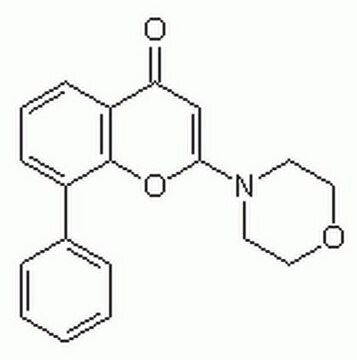553211
Rapamycin
≥95% (HPLC), solution, mTOR inhibitor, Calbiochem
Synonym(s):
InSolution Rapamycin, mTOR Inhibitor I
About This Item
Recommended Products
Product Name
Rapamycin, Ready Made Solution, 2.5 mg/mL in DMSO (2.74 mM), from Streptomyces hygroscopicus
Quality Level
Assay
≥95% (HPLC)
form
solution
manufacturer/tradename
Calbiochem®
storage condition
desiccated (hygroscopic)
protect from light
shipped in
wet ice
storage temp.
−20°C
General description
Biochem/physiol Actions
Mammalian target of rapamycin (mTOR)
Packaging
Warning
Physical form
Reconstitution
Legal Information
Storage Class Code
10 - Combustible liquids
WGK
WGK 1
Flash Point(F)
188.6 °F - closed cup - (Dimethylsulfoxide)
Flash Point(C)
87 °C - closed cup - (Dimethylsulfoxide)
Certificates of Analysis (COA)
Search for Certificates of Analysis (COA) by entering the products Lot/Batch Number. Lot and Batch Numbers can be found on a product’s label following the words ‘Lot’ or ‘Batch’.
Already Own This Product?
Find documentation for the products that you have recently purchased in the Document Library.
Customers Also Viewed
Our team of scientists has experience in all areas of research including Life Science, Material Science, Chemical Synthesis, Chromatography, Analytical and many others.
Contact Technical Service








